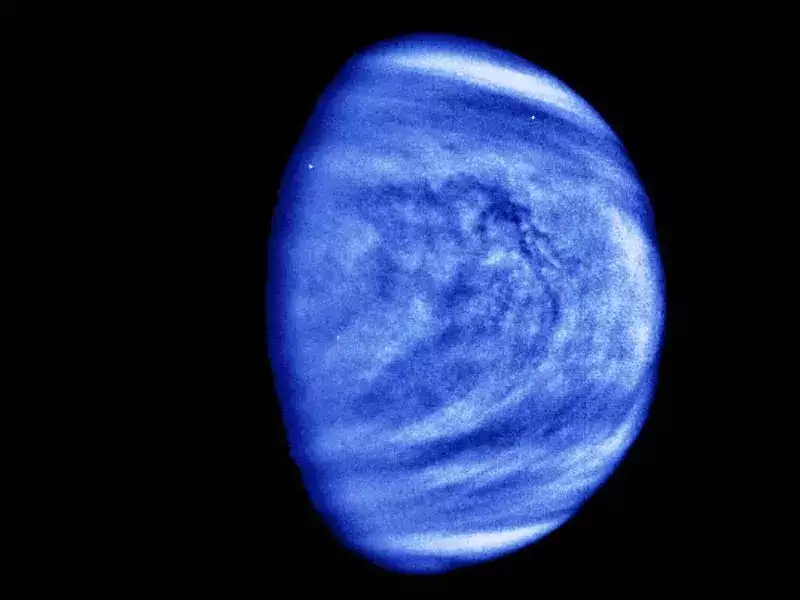Venus Steals the Spotlight in the Search for Extraterrestrial Life
For years, Mars has been the focal point in the search for signs of life beyond Earth, but recent discoveries on Venus may be changing that narrative. The presence of atomic oxygen on Venus has been detected on both the planet’s day and night sides for the first time, bringing new intrigue to our overlooked neighbor.
Unlike the oxygen molecules we are familiar with on Earth, the oxygen on Venus consists of single oxygen atoms. This elusive discovery was made possible the SOFIA airborne observatory, a Boeing 747SP aircraft equipped with an infrared telescope.
Researchers found that the temperature of atomic oxygen on Venus ranged from -120°C on the day side to -160°C on the night side, with the gas hovering at an altitude of about 100 kilometers. This oxygen was found nestled between layers of sulfuric acid-containing clouds in the planet’s tumultuous atmosphere.
The Sun played a crucial role in the creation of this atomic oxygen. Ultraviolet radiation from the Sun broke down atmospheric carbon dioxide and carbon monoxide, resulting in the birth of oxygen atoms and other chemicals.
But the journey of the oxygen doesn’t end there. Venusian winds transported some of this oxygen to the night side, where it potentially combined with molecular oxygen and other elements.
The collision of single oxygen atoms with molecules like carbon dioxide resulted in an energy transfer, radiating away heat and producing a surprising cooling effect on Venus.
This detection of atomic oxygen on Venus has broader implications. It’s not just a scientific curiosity, but a key that could unlock secrets about Venus’s past and its potential for life. Further research is essential to unravel the origin, distribution, and implications of this newfound atomic oxygen, providing us with a deeper understanding of our enigmatic planetary neighbor.
As we continue to explore the cosmos, Venus may just have more surprises up its sleeve. It’s time to take a closer look at our own celestial neighbor.

